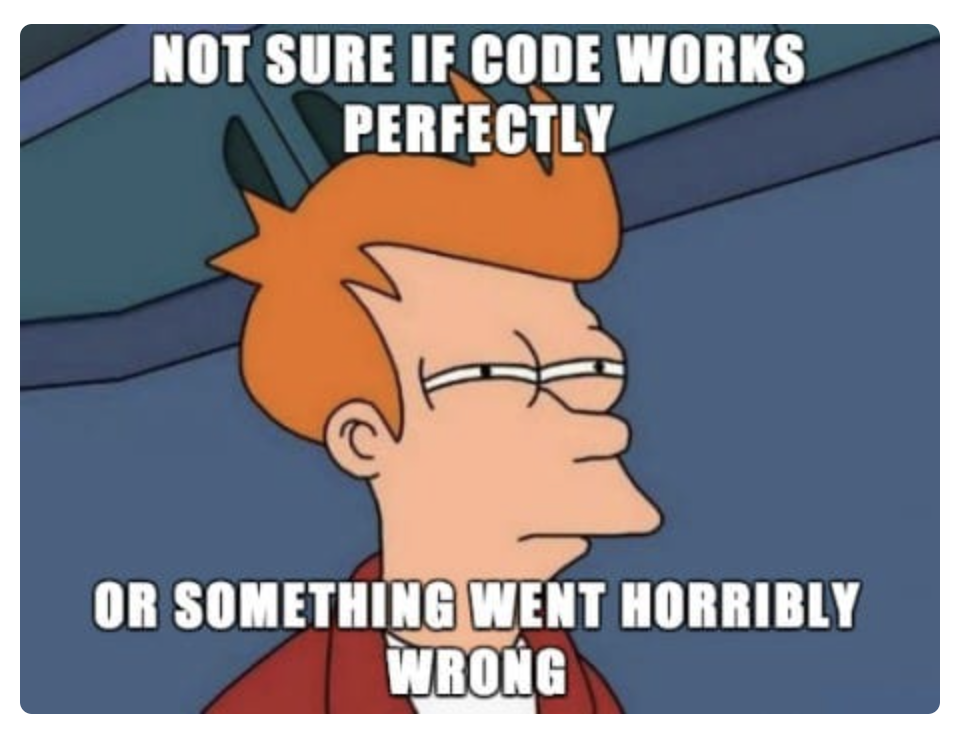Consider the learning environment for your current design. What potential barriers can be reduced or eliminated to provide more pathways for learner success?
Since our learning strategy is based on learning Python for beginners. The learning environment will be an online IDE (Integrated Development Environment), such as Jupyter. It’s possible that students will become sidetracked due to a variety of factors. To begin, programming would be carried out on a computer. As we live in a technology era, it’s probable that students get distracted by their laptops. They can get confused by looking at so many resources and struggle in making sure what resources they need to follow.

Programming is not something that can be learned in a day or a week it is not magic as depictured in Figure 2; it is a gradual process. Programming entails failure. It will be tough for students to grasp if they do not make any mistakes while programming or creating algorithms. If you fail often in programming, it’s easy for a student to lose confidence in whatever they’re studying.

To prevent students from becoming discouraged after failing to find a coding solution to a software problem, we will use the following techniques:
- We’ll include both graded and ungraded assessments. These assessments will be relatively general, so the learner may concentrate on small victories and progress rather than becoming trapped and abandoning programming.
- We will make sufficient resources available. To tackle any programming task, you’ll need adequate resources, but you’ll also need to know where to seek them. Python for Beginners course will provide the most often used programming resources so that students do not get lost.
- Even if a student struggles during the course to build coding abilities, completing the mini-project at the conclusion of the Python for Beginners course will be a significant milestone since it will boost their confidence and demonstrate to them that the more they code, the more they learn.
- We now have a plethora of programming languages being employed in various organizations in this technological era. It is understandable for a newcomer to be undecided about the technology to utilize. Python for Beginners course will expose the target audience to the most fundamental and common programming platforms, as well as code hosting platforms and applications to practice software challenges. This will assist them in learning the fundamentals, and they will be able to enhance their programming skills based on their sector of interest.
All of the strategies we want to use in our learning design will provide students with an overview of Python. This course will not only introduce students to the fundamentals of programming but will also train them about using technology tools for coding and building technical skills.
References:
- What problems should new programmers expect?. (2022). Retrieved 10 June 2022, from https://dev.to/hbibzdeploy/what-problems-new-programmers-should-expect-8p3
- Tech in Asia – Connecting Asia’s startup ecosystem. (2022). Retrieved 10 June 2022, from https://www.techinasia.com/learning-code-2-years-learned
